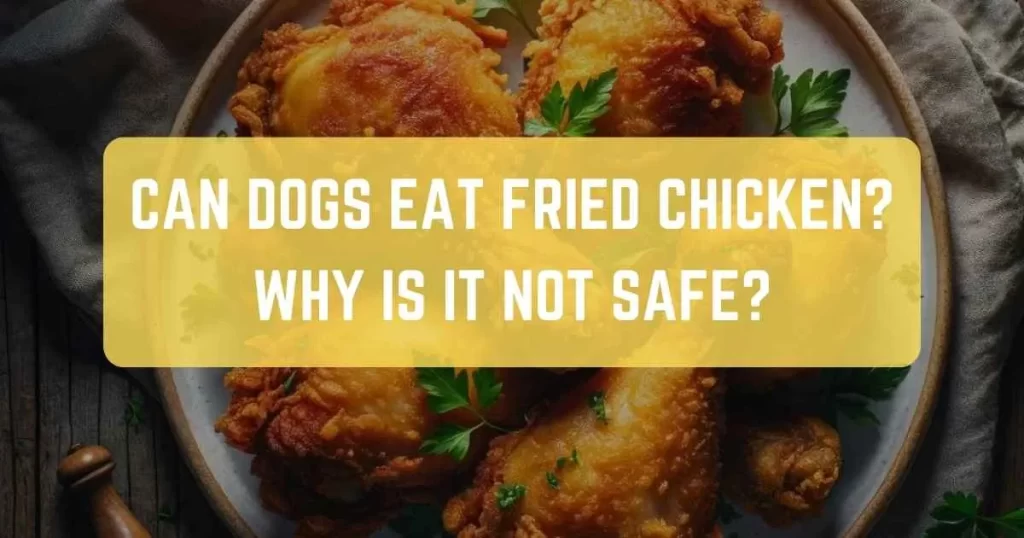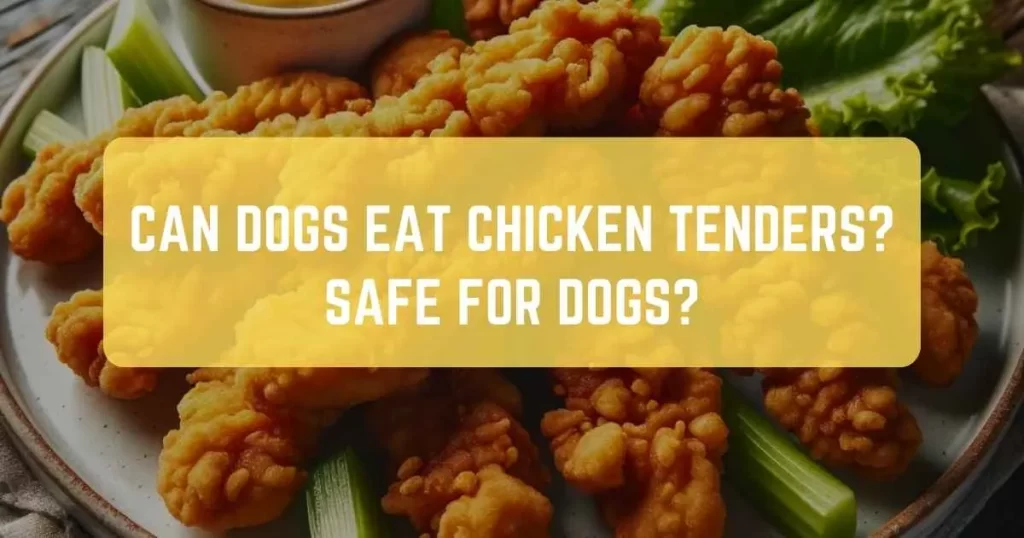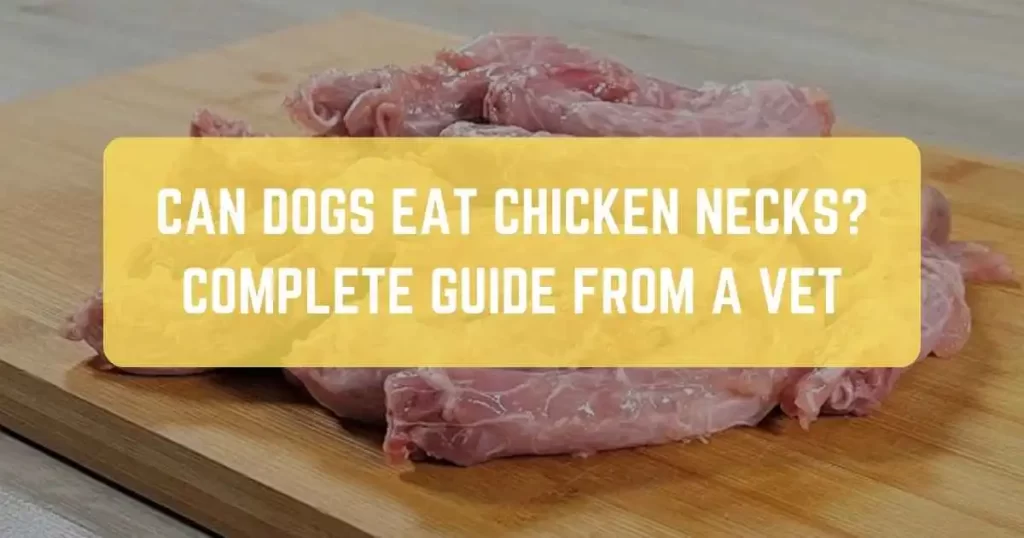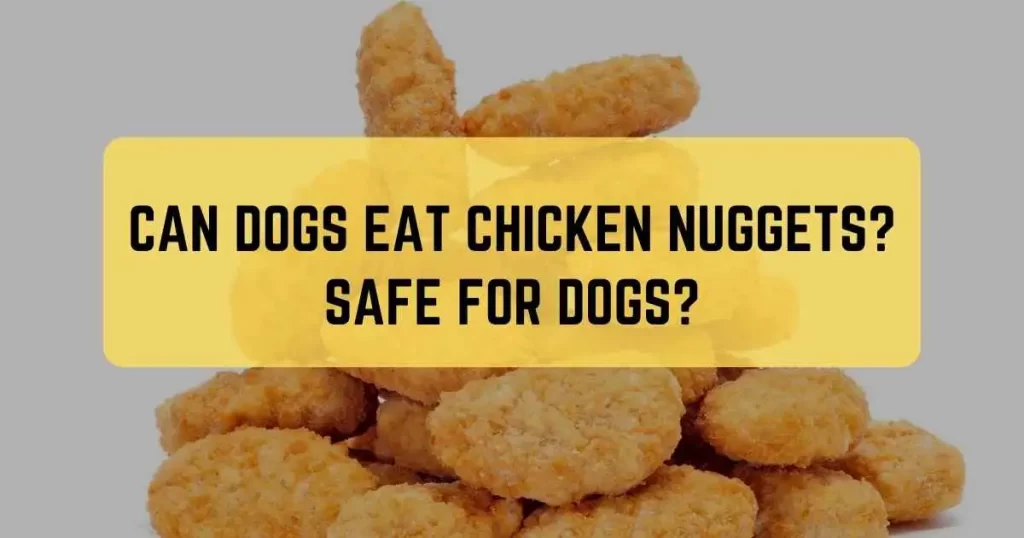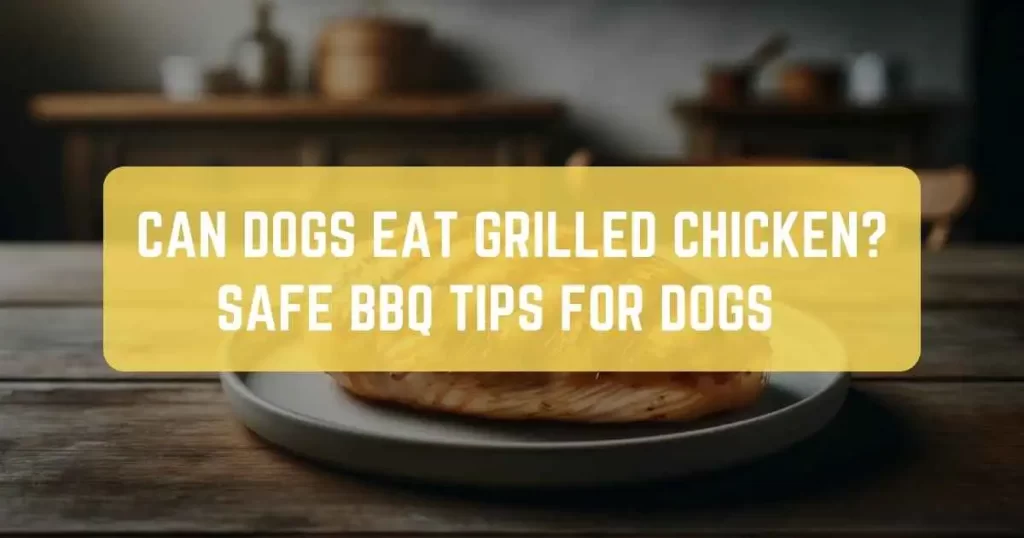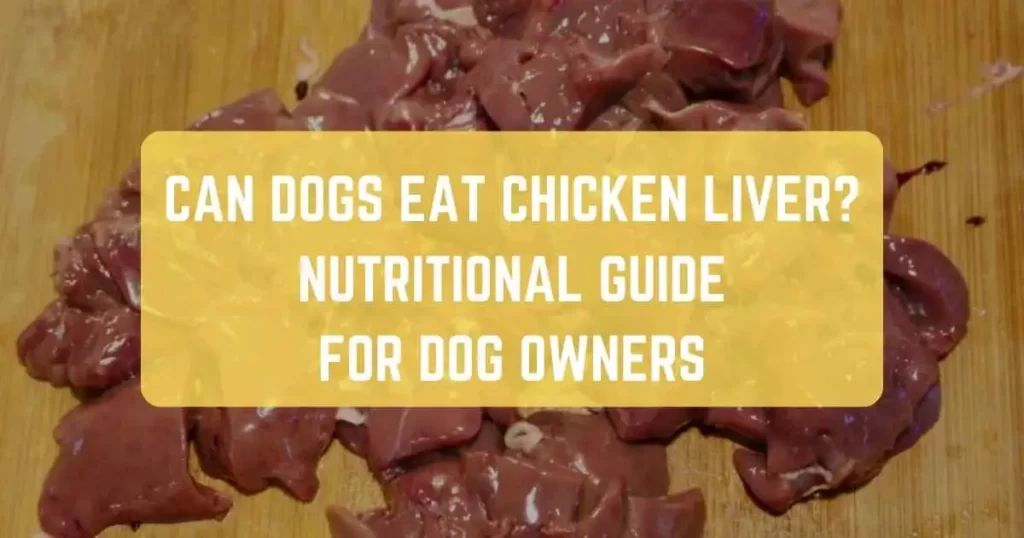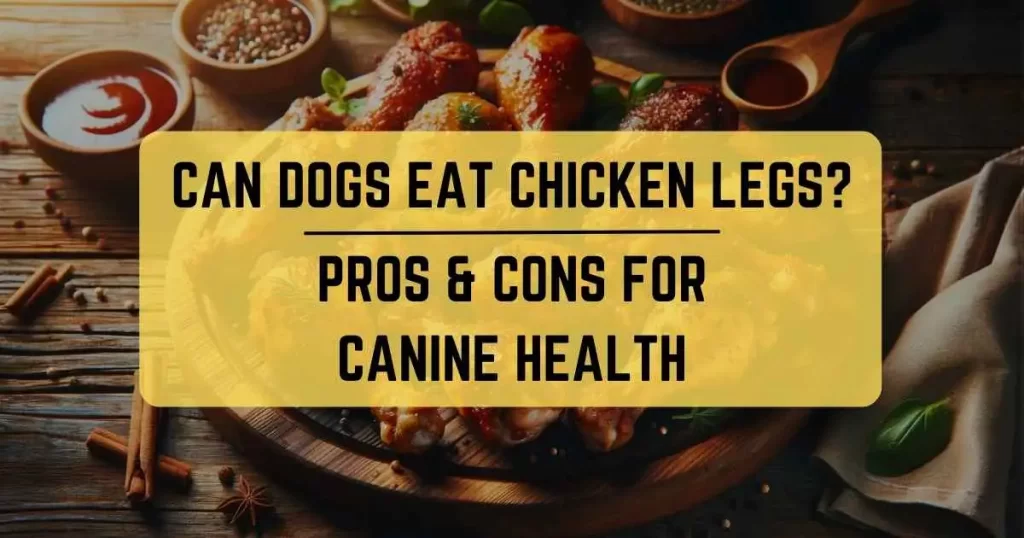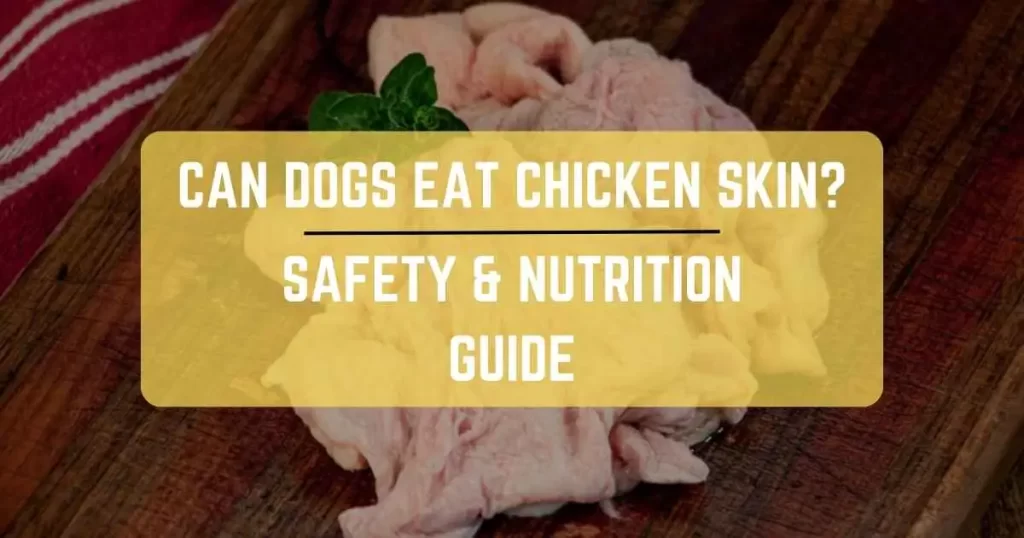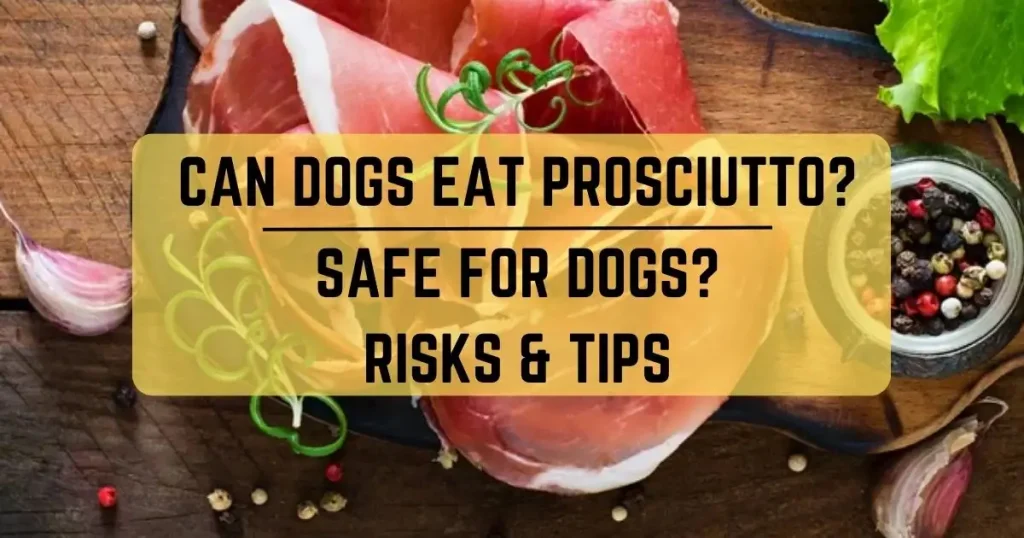
As a devoted dog lover, you’d do anything to keep your furry friend safe and healthy. But what if that enticing slice of prosciutto at your fingertips poses hidden dangers to your beloved companion?
In this comprehensive guide, we’re delving deep into the world of prosciutto and its potential risks to your dog’s well-being. From the urgent need to recognize symptoms of prosciutto poisoning to discovering safer alternatives that will truly give your dog a reason to wag its tail, we’re about to embark on a journey that will ensure your pup’s safety and happiness.
So, let’s leash up and explore whether this Italian delicacy is a treat or a trick for your canine companion.
Can Dogs Eat Prosciutto?
No, dogs can not eat Prosciutto. It contains high levels of salt and fat, which can lead to salt poisoning and pancreatitis. Additionally, prosciutto often contains spices like garlic, which can be harmful to dogs. It’s best to keep this Italian delicacy away from your canine companion.
Health Risks of Prosciutto for Dogs
Now, let’s delve deeper into the health risks associated with feeding prosciutto to dogs. It’s essential to be aware of these potential dangers to ensure your pet’s well-being.
- High Salt Content: Prosciutto is notorious for its high salt content, which can be extremely harmful to dogs. Excessive salt intake can lead to salt poisoning, characterized by symptoms such as excessive thirst, increased urination, diarrhea, and, in severe cases, high blood pressure. These symptoms can pose serious health risks to your furry companion.
- High-Fat Content: Prosciutto also boasts a high-fat content, making it a double-edged sword for dogs. While fat is an essential part of their diet, an excess amount, such as that found in prosciutto, can lead to pancreatitis. This painful condition can cause digestive issues, vomiting, and abdominal pain, making it a painful ordeal for your dog.
- Nitrate and Preservatives: Prosciutto is often cured using nitrates and preservatives. These additives, while safe for humans in moderation, may cause gastrointestinal issues in dogs. If your pet consumes prosciutto with spices like garlic powder or other additives, it can upset their stomach and lead to discomfort.
- Raw Prosciutto: Some dog owners may wonder if raw prosciutto is a safer option. The short answer is no. Even raw prosciutto is high in salt and fat, posing the same risks as its cooked counterpart. It’s essential to keep your dog away from any form of prosciutto.
- Toxic Ingredients: Prosciutto, like many cured meats, contains ingredients like garlic and spices, which can be harmful to dogs. Garlic, in particular, can damage red blood cells and lead to a host of health issues in dogs, including anemia. Therefore, it’s best to avoid prosciutto altogether.
Symptoms of Prosciutto Poisoning in Dogs
Recognizing the symptoms of prosciutto poisoning in dogs is essential for any responsible pet owner. Here are some common signs to watch out for if you suspect your furry companion has indulged in this tempting yet risky treat:
- Excessive Thirst and Urination: One of the early indicators of prosciutto poisoning is an unquenchable thirst and frequent urination. If you notice your dog drinking water excessively and needing to go outside more often, it could be a sign of salt poisoning.
- Diarrhea: Diarrhea is another common symptom of prosciutto poisoning. If your dog experiences loose stools or diarrhea shortly after consuming prosciutto, it’s a clear red flag.
- Vomiting: Dogs may vomit as a response to ingesting something their stomach can’t tolerate. If your pet starts retching or vomiting, especially after eating prosciutto, it’s a cause for concern.
- Abdominal Pain: Watch out for signs of abdominal discomfort in your dog. Restlessness, pacing, or a hunched posture could indicate abdominal pain, which can be associated with pancreatitis caused by the high-fat content in prosciutto.
- Lethargy: If your usually energetic dog suddenly becomes lethargic and unwilling to engage in their usual activities, it could be a sign of prosciutto-related health issues. Lethargy often accompanies gastrointestinal distress.
What to do if Dog Eats Prosciutto?
If you suspect or know that your dog has consumed prosciutto, it’s crucial to take immediate action to ensure their well-being. Here’s what you should do:
- Contact Your Veterinarian: Reach out to your veterinarian or an emergency animal clinic without delay. Describe the situation, including the amount of prosciutto ingested and any symptoms your dog is experiencing. Your vet will provide guidance on the next steps.
- Don’t Wait for Symptoms: Even if your dog isn’t showing immediate signs of distress, don’t wait for symptoms to develop. Proactive action can prevent serious health complications.
- Withhold Food and Water: Your vet may advise you to withhold food and water for a specified period, as this can help reduce the risk of further complications.
- Follow Veterinary Recommendations: Follow your veterinarian’s instructions diligently. They may recommend treatment options, including medications, fluid therapy, or hospitalization if the situation is severe.
- Monitor Your Dog: Keep a close eye on your dog’s condition. Note any changes in behavior, symptoms, or improvement in their overall well-being.
Alternatives to Prosciutto For Dogs
While prosciutto is off the menu for your furry friend, there are plenty of safe and delicious alternatives to satisfy their cravings:
- Lean Cooked Meats: Consider offering your dog lean, cooked meats like boiled chicken or turkey. These options are high in protein and low in fat, making them a healthier choice.
- Fresh Fruits and Vegetables: Many dogs enjoy fruits and vegetables as snacks. Apples, carrots, and blueberries are excellent options that provide essential nutrients without the drawbacks of prosciutto.
- Commercial Dog Treats: Explore a variety of commercial dog treats specifically formulated to meet your pet’s nutritional needs. Look for options with natural ingredients and no harmful additives.
- Dog-Safe Homemade Treats: You can also prepare homemade dog treats using ingredients like plain yogurt, peanut butter (without xylitol), and whole wheat flour. Just ensure that the recipes you choose are safe for canine consumption.
Final Thoughts
In conclusion, prosciutto is not a safe choice for dogs due to its high salt and fat content, as well as the potential presence of harmful ingredients. Prioritizing your dog’s health and well-being means avoiding this tempting but risky treat and opting for safer alternatives that will keep your furry companion happy and healthy. If you suspect your dog has ingested prosciutto or is experiencing any related symptoms, always consult with your veterinarian for professional guidance and care.
Frequently Asked Questions
Can Dogs Eat Prosciutto Bones?
No, dogs should not eat prosciutto bones. These bones can splinter, causing choking or internal injuries. Always remove bones from prosciutto before giving it to your dog to ensure their safety. Feeding them boneless prosciutto in small, infrequent amounts is a safer choice.
Can Dogs Eat Prosciutto Ham?
No, dogs should not eat prosciutto ham. Prosciutto is high in salt and fat, which can harm your dog’s health. It may lead to salt poisoning, pancreatitis, or other digestive issues. It’s best to keep prosciutto out of your dog’s diet to ensure their well-being.
Can Dogs Eat Prosciutto Bread?
Yes, dogs can eat plain bread in small quantities as an occasional treat, but it should not be a significant part of their diet. Ensure it doesn’t contain any harmful additives like raisins or xylitol. Too much bread can lead to digestive issues.

